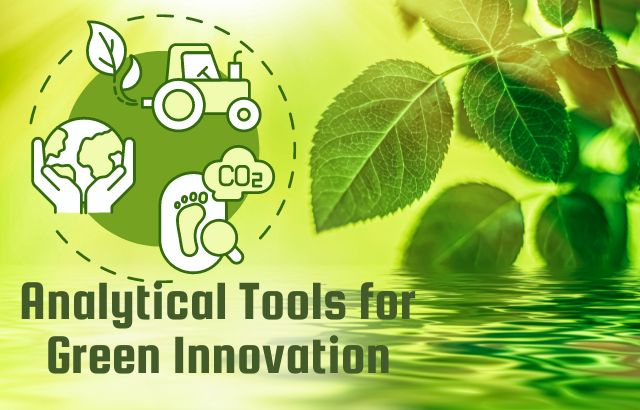Green solvents, also known as environmentally friendly or sustainable solvents, are designed to minimize environmental impact and health hazards compared to traditional solvents. Some common types of green solvents include:
- Ionic Liquids: These are salts that exist in a liquid state at relatively low temperatures. They are known for their low volatility and non-flammability.
- Supercritical Carbon Dioxide (SCCO2): Carbon dioxide in a supercritical state is used as a solvent, offering advantages such as low toxicity, non-flammability, and easy removal.
- Water: Often considered the most environmentally friendly solvent, water is widely used as a green solvent, especially in processes like steam distillation and extraction.
- Limonene: Derived from citrus fruits, limonene is a biodegradable solvent with a pleasant citrus aroma. It is commonly used in cleaning products.
- Ethyl Lactate: A solvent derived from corn, ethyl lactate is biodegradable and has low toxicity. It is used in various applications, including paint and coating formulations.
- Soy-based Solvents: Solvents derived from soybeans, such as methyl soyate and ethyl soyate, are renewable and biodegradable alternatives used in various industrial processes.
- Terpenes: Derived from plant sources, terpenes are natural solvents with low toxicity. Examples include pinene and limonene.
- Green Chemistry Solvents (GCS): This category includes solvents specifically designed to meet the principles of green chemistry, focusing on sustainability, safety, and reduced environmental impact.
- Biosolvents: These are solvents derived from renewable resources, such as bio-based alcohols and esters.
- 2-Methyltetrahydrofuran (2-MeTHF): A green alternative to traditional solvents like tetrahydrofuran, 2-MeTHF is derived from renewable resources and has a lower environmental impact.
It’s important to note that the choice of solvent depends on the specific application and requirements of a given process. Green solvents are gaining popularity as industries seek more sustainable and environmentally friendly alternatives.












